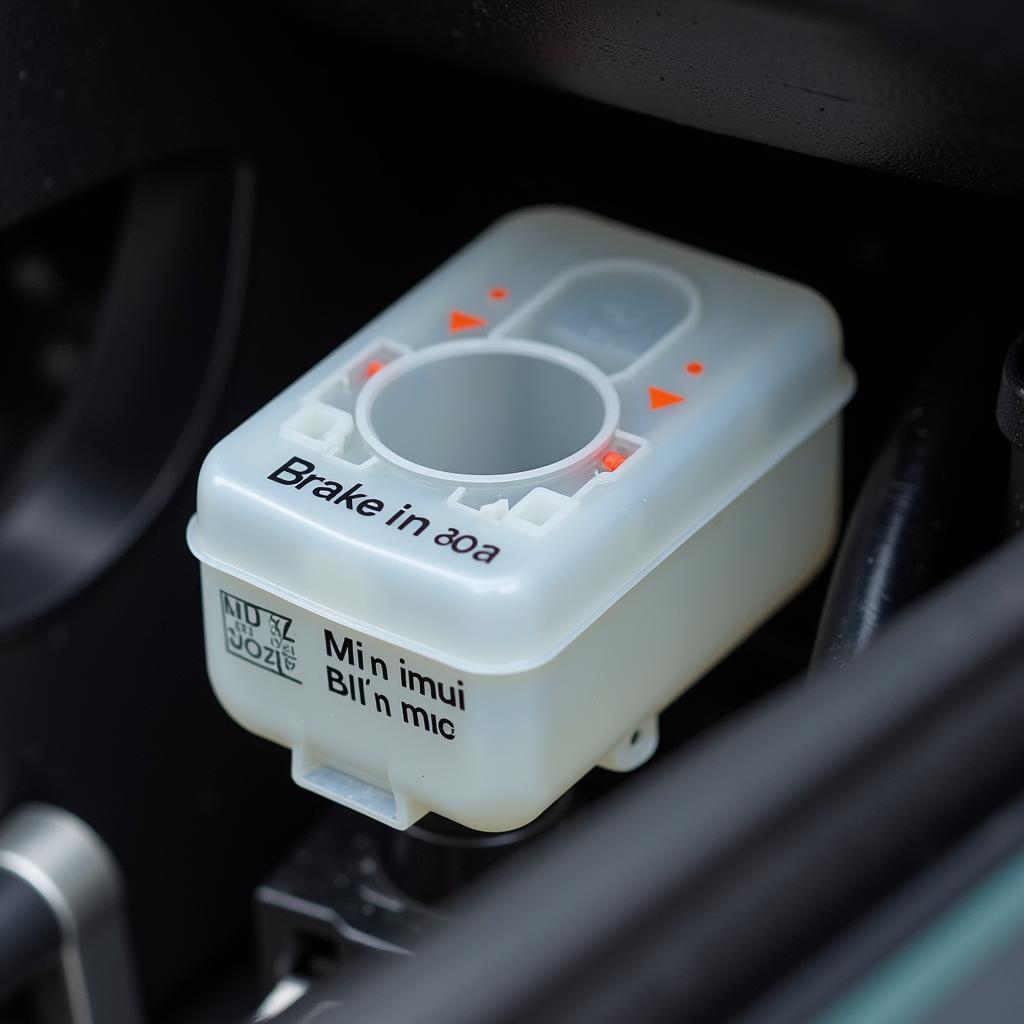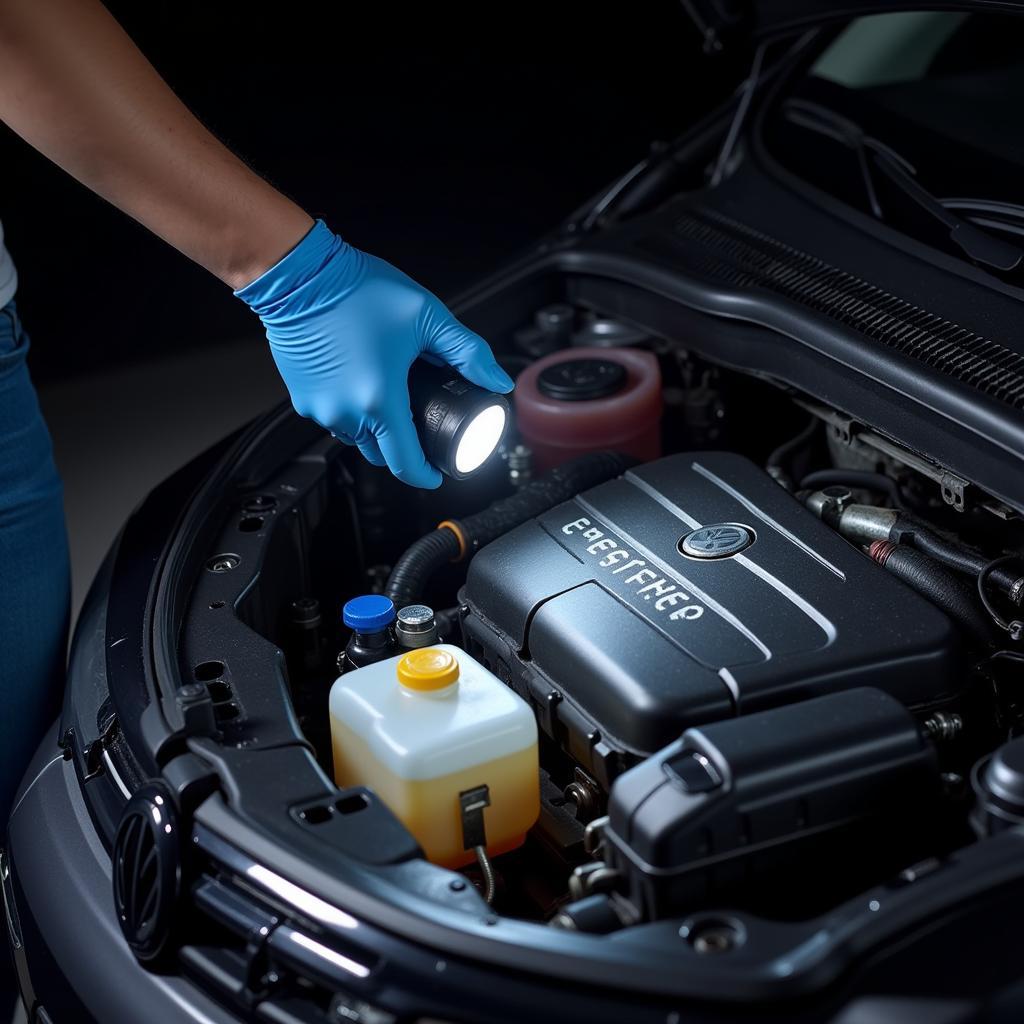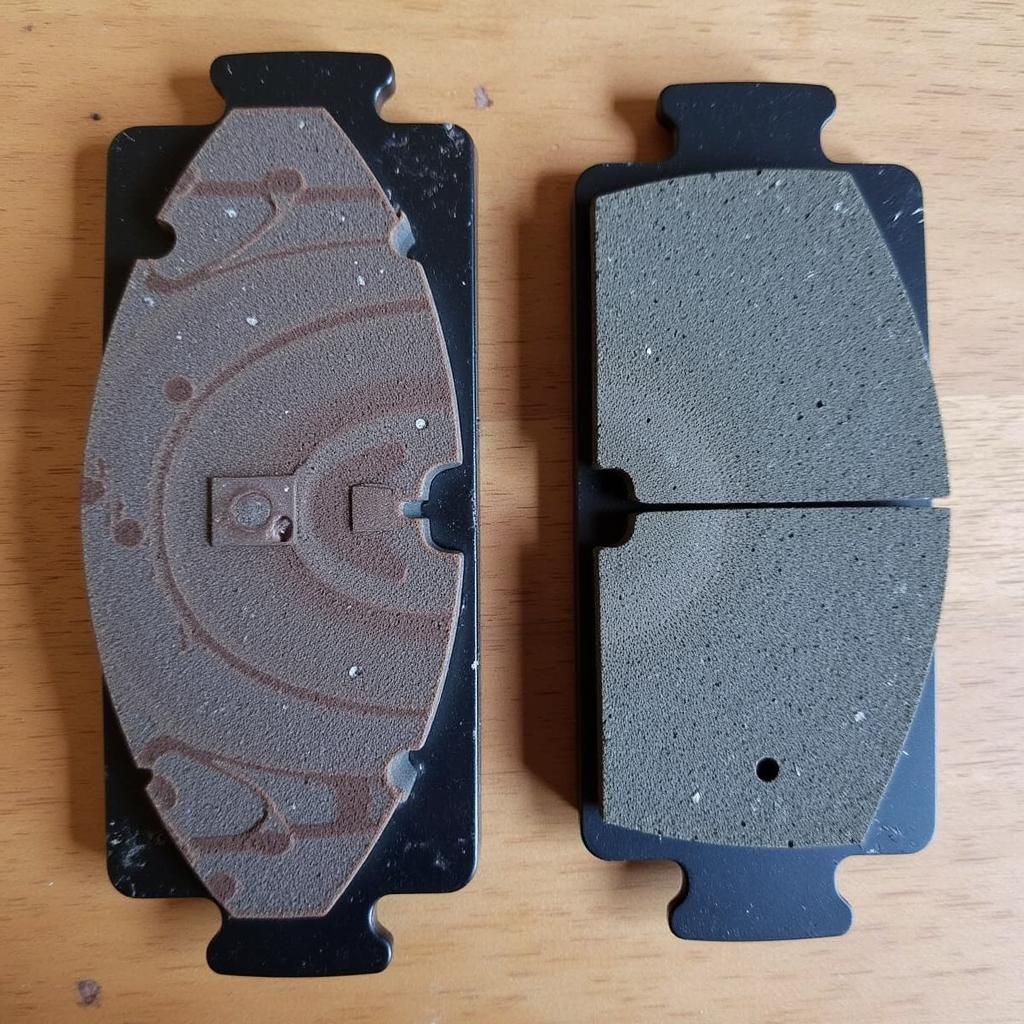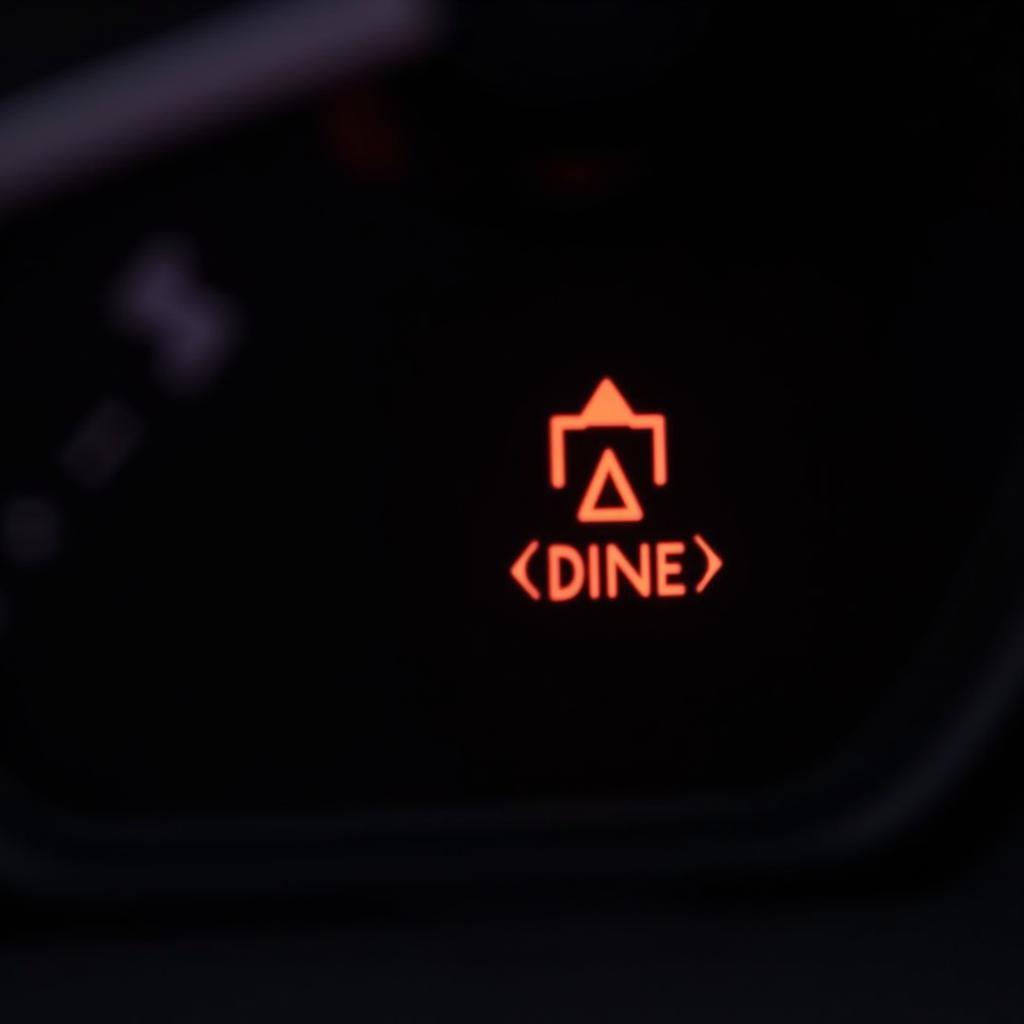The brake fluid warning light on your VW Polo is a crucial safety indicator that should never be ignored. It signals a potential problem with your braking system, requiring immediate attention to ensure your safety and that of others on the road. This comprehensive guide will delve into the common causes behind this warning light and provide practical solutions to address them.
Understanding Your VW Polo’s Brake System
Before we delve into the causes of a lit brake fluid warning light, it’s essential to understand the basics of how your VW Polo’s brake system operates.
Your car uses a hydraulic system to engage the brakes. When you press the brake pedal, it pushes brake fluid through a network of lines and hoses. This pressurized fluid then activates the brake calipers, clamping the brake pads against the rotors to slow down or stop your vehicle.
Common Causes of a VW Polo Brake Fluid Warning Light
1. Low Brake Fluid Level
The most common reason for the brake fluid warning light to illuminate is a low brake fluid level. This typically occurs due to:
-
Worn Brake Pads: As your brake pads wear down, the brake calipers need to extend further to engage the rotors. This extension requires more brake fluid, leading to a drop in the fluid level within the reservoir.
-
Brake Fluid Leak: A leak anywhere in the brake system, from the master cylinder to the brake lines and hoses, can cause a significant drop in brake fluid level.
 VW Polo Brake Fluid Reservoir
VW Polo Brake Fluid Reservoir
2. Faulty Brake Master Cylinder
The brake master cylinder is a vital component that pressurizes the brake fluid. If the master cylinder seals are worn or damaged, it can result in internal leaks, leading to a drop in pressure and triggering the warning light.
3. Worn Brake Calipers
Worn or damaged brake calipers can also cause the warning light to come on. A leak within the caliper can lead to brake fluid loss, while a seized caliper piston can prevent the brake pads from releasing, affecting brake fluid pressure.
4. Issues with the Brake Fluid Level Sensor
The brake fluid level sensor monitors the fluid level in the reservoir. If the sensor malfunctions, it might provide inaccurate readings, triggering the warning light even if the brake fluid level is adequate.
Troubleshooting a VW Polo Brake Fluid Warning Light
1. Check the Brake Fluid Level
- Park your vehicle on a level surface and engage the parking brake.
- Locate the brake fluid reservoir. It’s typically a translucent plastic container located near the firewall on the driver’s side.
- Visually inspect the fluid level. It should be between the “MIN” and “MAX” markings on the reservoir.
 Checking VW Polo Brake Fluid Level
Checking VW Polo Brake Fluid Level
2. Inspect for Brake Fluid Leaks
- Visually examine the area around the brake fluid reservoir, brake lines, and hoses. Look for any signs of leaks, such as wet spots or fluid dripping.
- Check the ground under your car for any signs of brake fluid leaks after it has been parked for a while.
Important: Brake fluid is corrosive and can damage paintwork. If you suspect a leak, address it immediately.
3. Check Brake Pad Wear
- Visually inspect the brake pads through the spaces between the wheel spokes. You should be able to see the brake pad thickness.
- If the brake pads are worn thin, they need to be replaced.
 Worn Brake Pads on a VW Polo
Worn Brake Pads on a VW Polo
When to Seek Professional Help
While some causes of a lit brake fluid warning light can be addressed with basic troubleshooting, it’s crucial to seek professional help from a qualified mechanic if:
- You are uncomfortable performing the checks yourself.
- You suspect a brake fluid leak or a problem with the brake master cylinder or calipers.
- The warning light remains illuminated even after adding brake fluid.
“Ignoring a brake fluid warning light can have serious consequences. It’s always best to err on the side of caution and have your brake system inspected by a professional,” advises experienced VW mechanic, John Miller.
Conclusion
The brake fluid warning light in your VW Polo is a critical safety indicator that demands immediate attention. By understanding the potential causes and knowing how to perform basic troubleshooting, you can ensure the safety of your vehicle and prevent potentially dangerous situations. Remember, if you’re ever in doubt, seeking professional help is always the safest course of action.

